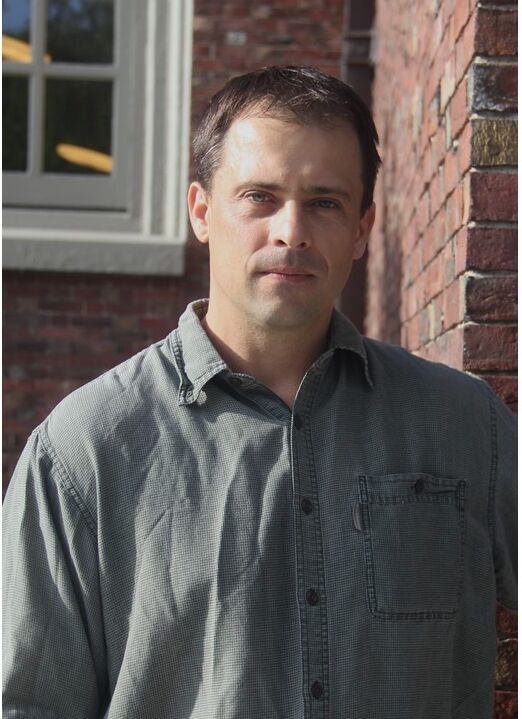Given the Colorado River system’s size and complexity, how do decision-makers predict the impacts of different water-management policies? One tool used is the Colorado River Simulation System, a model used to predict flow scenarios given different variables.
This week, Science Moab speaks with Dr. Kevin Wheeler, an Oxford Martin Fellow at the Environmental Change Institute at the University of Oxford and the Principal of Water Balance Consulting, who has spent decades developing and communicating this model. We discuss the model’s functioning and how it impacts the way water is managed in the West.
Science Moab: What is the Colorado River model?
Wheeler: The Colorado River Simulation System, or CRSS, is a modeling tool developed by the Bureau of Reclamation back in the 1970s to help simulate how Lake Mead and Lake Powell would operate under different circumstances. In the 1990s, it became much more accessible to other stakeholders, who can now test different ideas and explore policies.
One factor that the model takes into account is the natural hydrology of the river based on historical data. Two other major inputs are the supply and demand of water in the river. The other major input is how the river system is actually managed and operated.
Science Moab: How close has the simulation come to the actual modern river system?
Wheeler: When we run CRSS, we run a lot of different potential futures. When you look at the outputs of the CRSS model, you don’t just get a single projection; you get a cone of possibilities that go off into the future. One of the things we’re really seeing now is that we’re tending toward that low side of that cone. Previously, we treated that cone as roughly equally probable. Now, we’re seeing much drier scenarios, and we have to rethink how we resample the past as we use the model into the future.
Science Moab: How do you disseminate all this data?
Wheeler: It’s something I’ve focused on for pretty much my whole water career: how do you share these complex modeling outputs with stakeholders? It’s complicated because you have multiple dimensions, many different possible futures. So what you have to do is figure out ways to present that, often graphically, for people to understand. It’s hard, it’s messy, but it’s critical to be able to make use of those complex tools.
If we have the courage to use these tools in an exploratory way, and take their output seriously, and let the science inform the policy, or minimize the politics driving the science, these tools are incredibly powerful. But they also have to be trusted. A very important part of it is making sure that people have the ability to access it, to understand it, to be able to use it.
Science Moab: Has the model been used by decision-makers for water-management policy?
Wheeler: The CRSS has really been a cornerstone of the decision-making process for the Colorado River, at least since I’ve been involved. The model would be continuously used by all the major stakeholders. Someone proposes an idea that everyone else can test, by putting it in their model and trying things.
Science Moab: What kinds of ideas have you tested?
Wheeler: The most significant one was: how could you operate the system much more cohesively if you combined Lake Powell and Lake Mead? Management paradigms right now kind of treat one reservoir as the property of the upper basin, and the lower reservoir as the property of the lower basin. But really, they’re just two large buckets connected by the Grand Canyon.
Science Moab: What additions or adaptations to the model do you foresee in the next few years?
Wheeler: We have to take into account the notion that the past is no longer going to represent the future. We’re entering an era of deep uncertainty. The modeling needs to reflect that; we need to look at a lot more potential futures and not assume an underlying statistical distribution.
Maybe the last five or 10 years are going to be much more representative of the future than the flows back in the 1920s, which we know were incredibly wet. We shouldn’t be thinking of those anymore as relevant to the future.
Science Moab is a nonprofit dedicated to engaging community members and visitors with the science happening in Southeast Utah and the Colorado Plateau. To learn more and listen to the rest of Kevin Wheeler’s interview, visit www.sciencemoab.org/radio. This interview has been edited for clarity.




